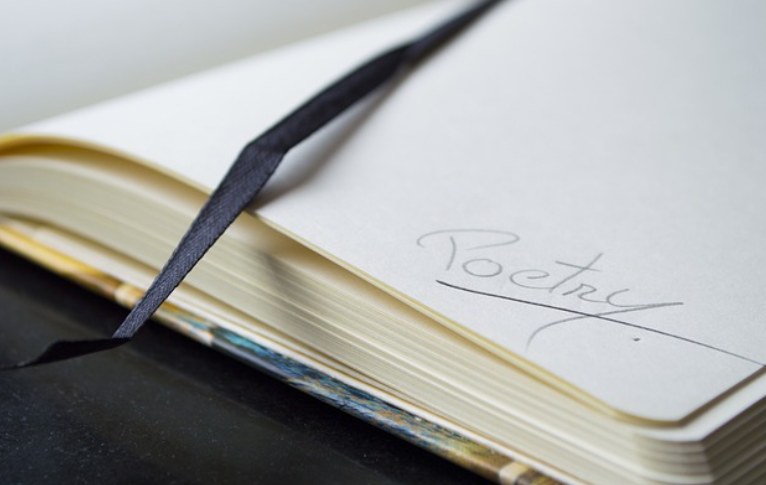Photography is a language that transcends words, conveying emotions and stories in a way few other mediums can. The power of photo poem lies in its ability to freeze time, capturing moments that stir the soul. Each photograph is a stanza in the poem of life, a fragment of existence immortalized for generations to admire.
The Art of Visual Storytelling
Photography, like poetry, is a creative outlet that reflects personal perception and emotion. A single image can encapsulate a moment of joy, sorrow, love, or wonder. By framing a scene with intention, photographers craft visual narratives that resonate deeply with viewers.
Unlike traditional poetry, where words construct imagery, a photo poem relies on visual cues. Each composition tells a unique story, and every detail contributes to its meaning. The angle, lighting, and subjects chosen are the lines of this visual poetry, blending to form a powerful expression.
Why Photos are Poetic?
There’s an undeniable connection between photos and poems. Both art forms:
- Evoke Emotion: A well-captured photograph stirs emotions, much like a beautifully written poem.
- Interpret Reality: Photographers and poets offer their perspective, challenging viewers or readers to see the world differently.
- Engage Imagination: Photos, like poems, leave room for interpretation. The viewer fills in the blanks, making the art personal.
Consider an image of a sunrise. To some, it symbolizes hope and new beginnings; to others, it’s a reminder of fleeting time. This duality mirrors the layers of meaning found in poetry.
The Lens as a Creative Tool
The camera is not just a device; it’s a painter’s brush, a poet’s pen. Through it, photographers channel their creative vision, turning ordinary scenes into extraordinary works of art.
Essential Techniques for Crafting a Photo Poem
- Framing: The composition of a photo determines its focus and emotional impact.
- Lighting: Shadows and highlights set the mood and draw attention to specific details.
- Subject: A poignant subject can transform a simple photo into a profound message.
- Editing: Post-processing enhances the story without detracting from its authenticity.
Mastering these elements helps photographers infuse their work with poetic depth.
The Emotional Power of Photo Poems
Images evoke emotions because they capture slices of life, raw and unfiltered. A photograph of a child’s laughter brings joy, while an abandoned building stirs melancholy. This emotional connection is what makes photography so impactful.
When words accompany a photo, the synergy can be transformative. Adding poetic text to an image enhances its narrative, guiding viewers toward a deeper understanding of its message. This combination is where the true power of photo poem shines.
Photography in Everyday Life
The beauty of photography is that it’s accessible to everyone. With smartphones in nearly every pocket, anyone can capture a moment of poetic significance. Here are ways to incorporate the power of photo poem into daily life:
- Document Moments: Snap pictures of meaningful events, big or small.
- Look for Beauty: Seek out patterns, colors, and emotions in everyday scenes.
- Pair Photos with Words: Write a few lines of poetry to accompany your favorite shots.
Even a mundane walk in the park can yield stunning results when viewed through a creative lens.
Famous Photo Poem Examples
Throughout history, countless iconic images have embodied the power of photo poem. Consider Dorothea Lange’s “Migrant Mother,” which captured the despair of the Great Depression. Paired with poetry, this photo becomes even more poignant, highlighting the resilience of the human spirit.
Other examples include Ansel Adams’ landscapes, where the beauty of nature evokes awe and reverence. These images inspire photographers and poets alike, proving the universal appeal of visual storytelling.
The Impact of Photo Poems on Culture
Photo poems have shaped our collective memory, documenting history and cultural shifts. From civil rights marches to personal milestones, these images serve as reminders of where we’ve been and how far we’ve come.
Their influence extends beyond history. Photo poems inspire activism, spark conversations, and foster empathy. A powerful photo can rally communities, while its poetic counterpart deepens its emotional resonance.
The Future of Photo Poetry
As technology advances, the possibilities for creating and sharing photo poems expand. Social media platforms like Instagram and Pinterest provide spaces for artists to showcase their work, reaching global audiences.
AI-powered tools make editing and composing images easier than ever, while augmented reality introduces interactive elements to static photos. Despite these innovations, the essence of photo poetry remains unchanged: to capture life and stir emotions.
Tips for Creating Your Own Photo Poems
- Start Small: Use your phone’s camera to practice capturing meaningful scenes.
- Experiment: Play with angles, lighting, and filters to find your style.
- Write From the Heart: Pair each photo with a few lines of poetry that reflect its essence.
- Share Your Work: Post your creations online or print them for personal keepsakes.
Over time, you’ll develop an eye for moments worth immortalizing.
Conclusion
The power of photo poem lies in its ability to encapsulate life’s fleeting moments, turning them into timeless works of art. By blending photography with poetry, we create narratives that resonate deeply, reminding us of our shared humanity.
Whether you’re a professional photographer or a casual hobbyist, the art of photo poetry invites you to see the world through a more creative lens. So pick up your camera, step outside, and start capturing the poetry of life.
FAQs
What is a photo poem?
A photo poem is the combination of photography and poetry, where an image is paired with text to enhance its narrative and emotional depth.
How can I create a photo poem?
Start by capturing a meaningful photograph. Then, write a few lines of poetry inspired by the image. Experiment with different themes and perspectives.
Why are photos considered poetic?
Photos are poetic because they evoke emotions, tell stories, and leave room for interpretation, much like traditional poetry.
What tools do I need to create photo poems?
You can use a smartphone or camera for photography and a simple text editor for writing poetry. Editing apps can enhance your images if needed.
Can photo poems be used for storytelling?
Yes, photo poems are a powerful storytelling tool. They combine visuals and words to create narratives that resonate emotionally.
Where can I share my photo poems?
You can share your work on social media platforms like Instagram, Pinterest, or personal blogs. Art communities and exhibitions are also great options.






